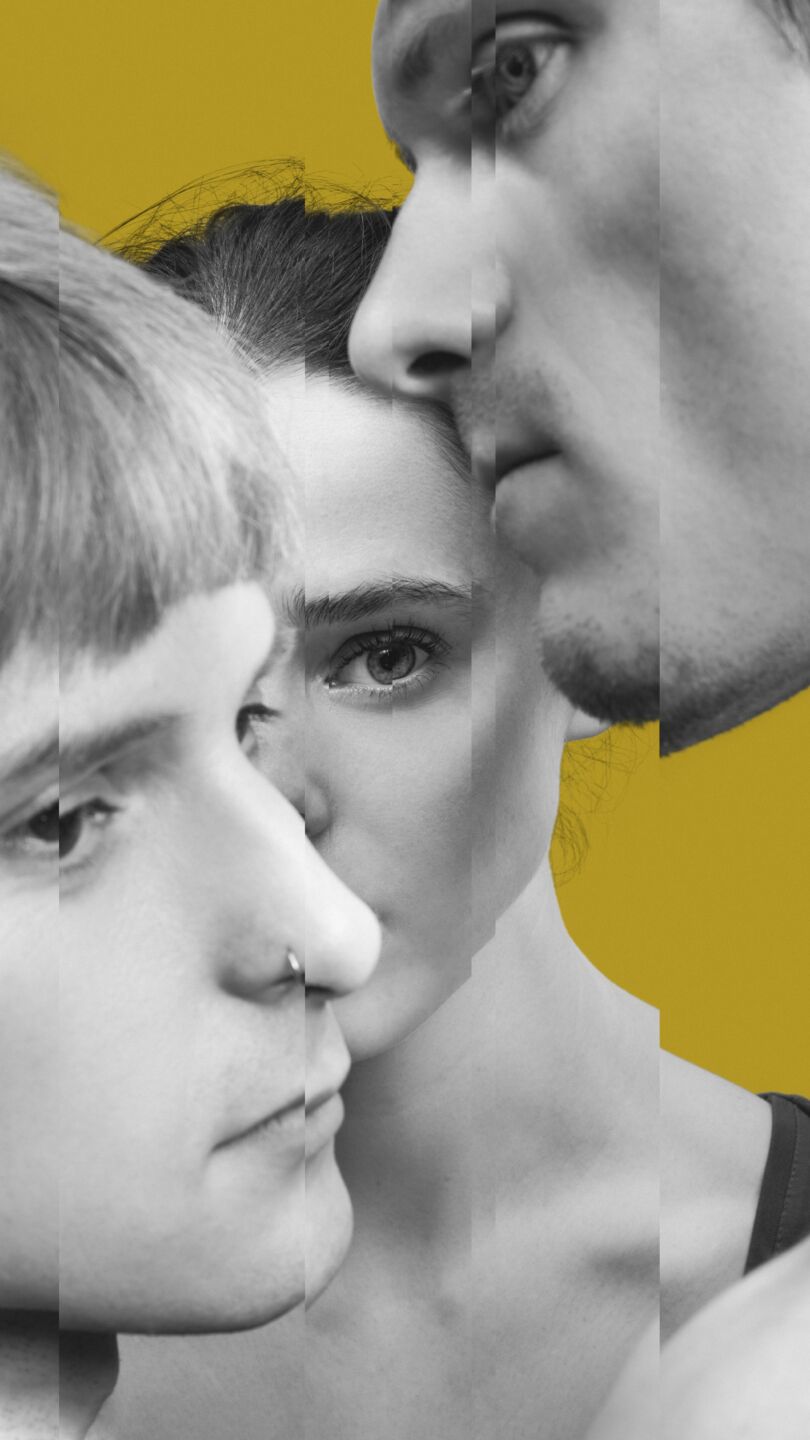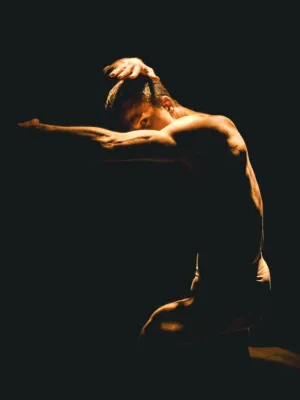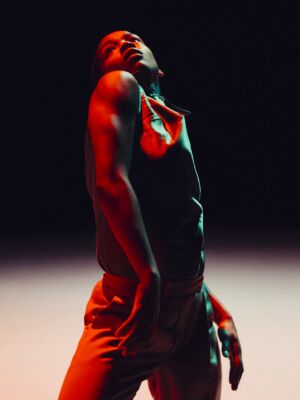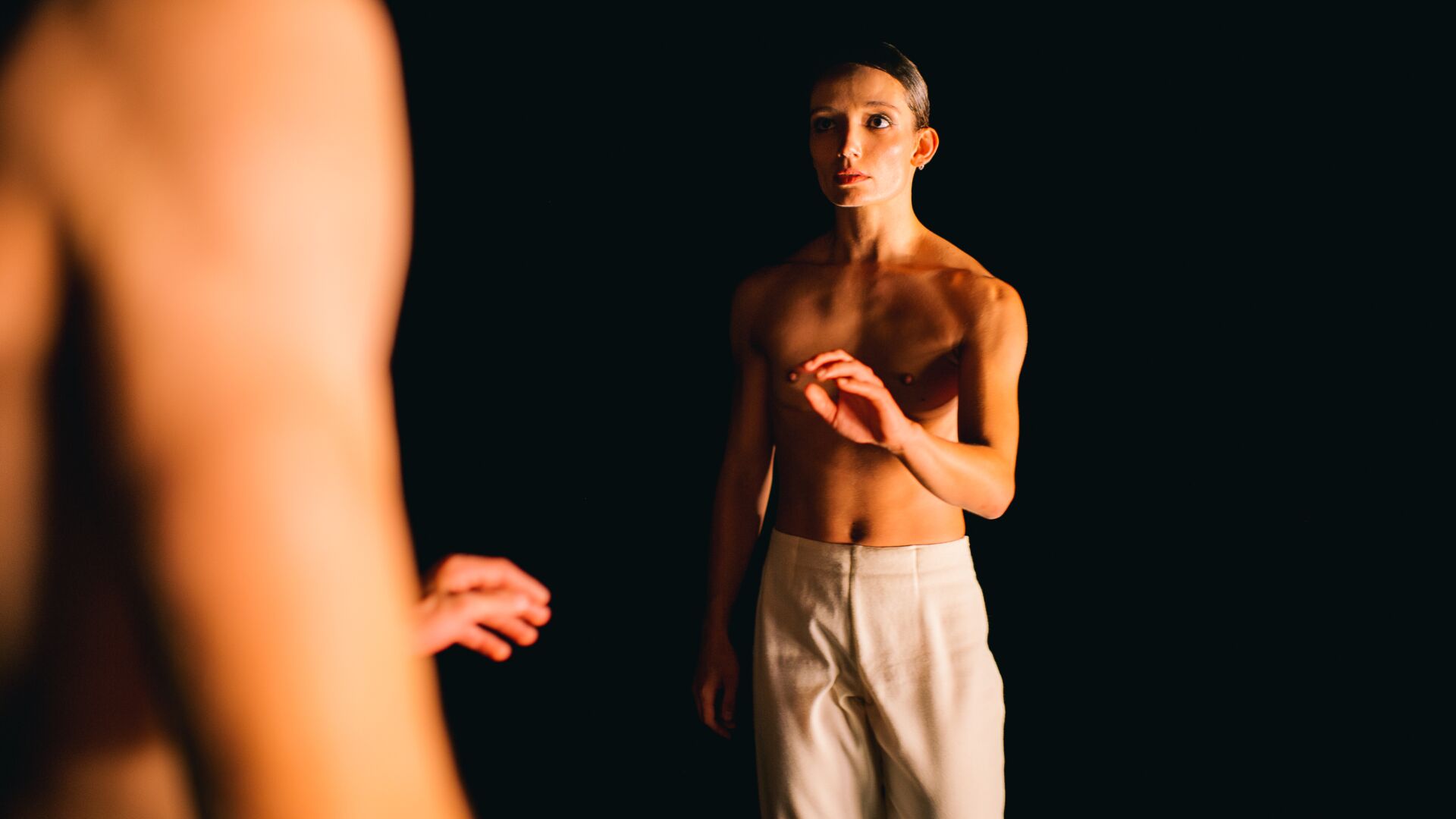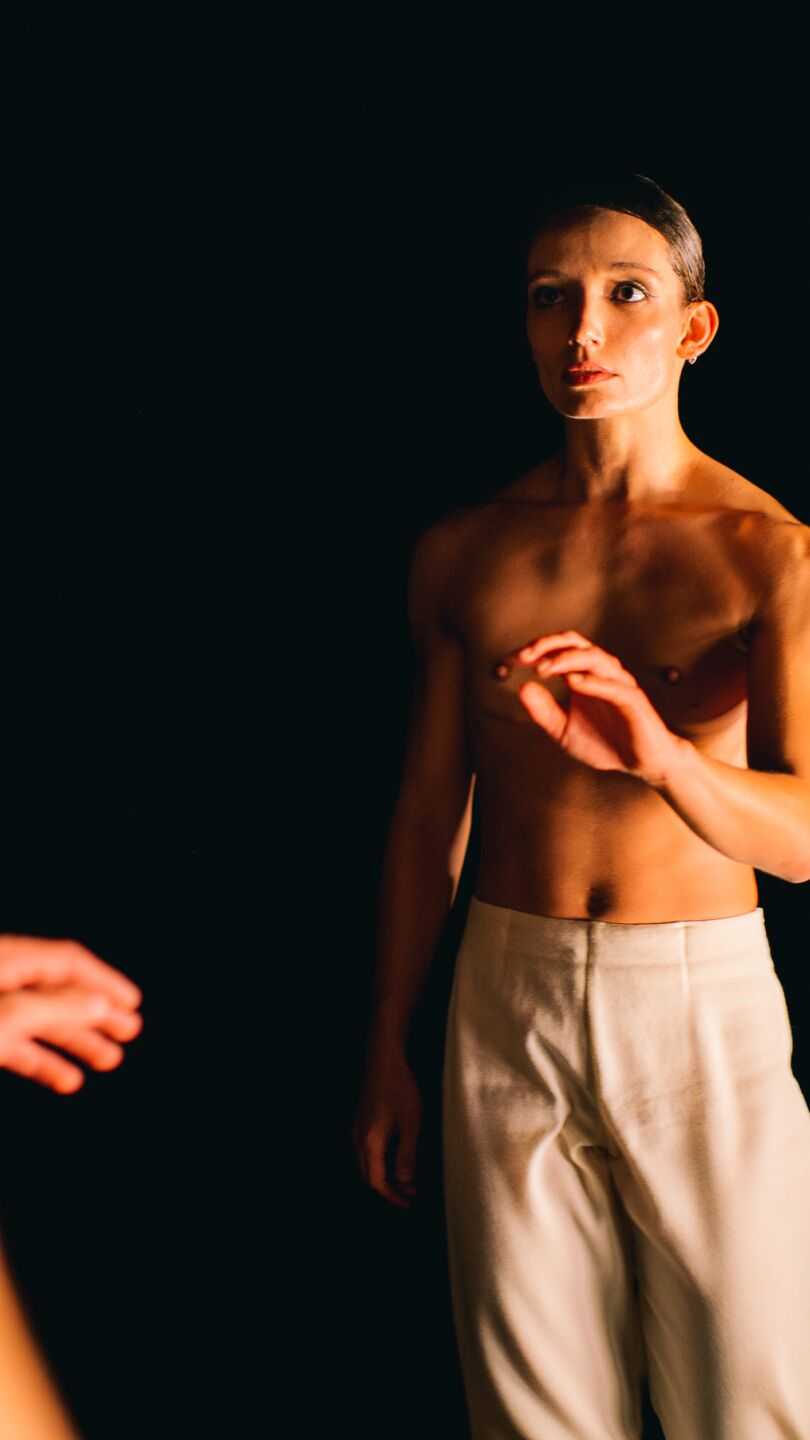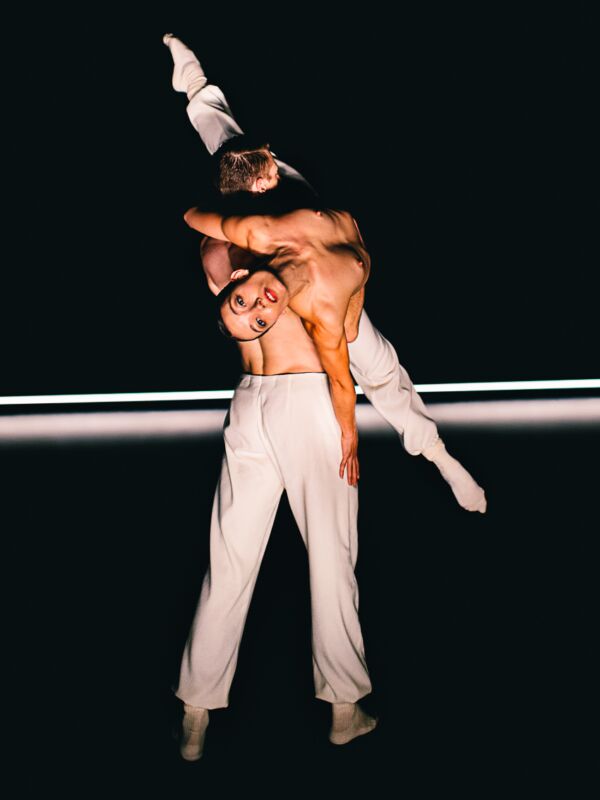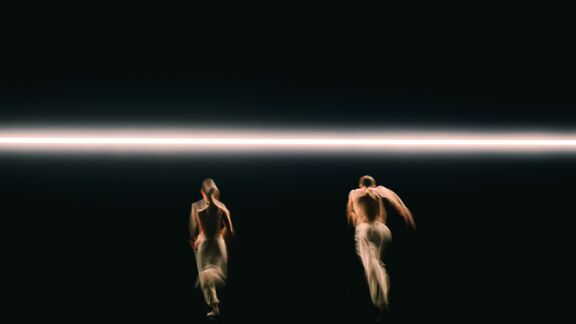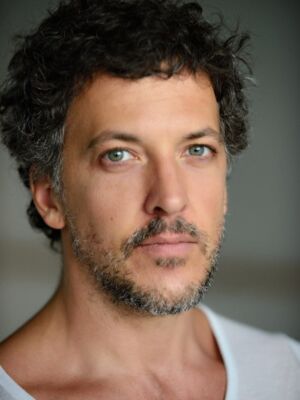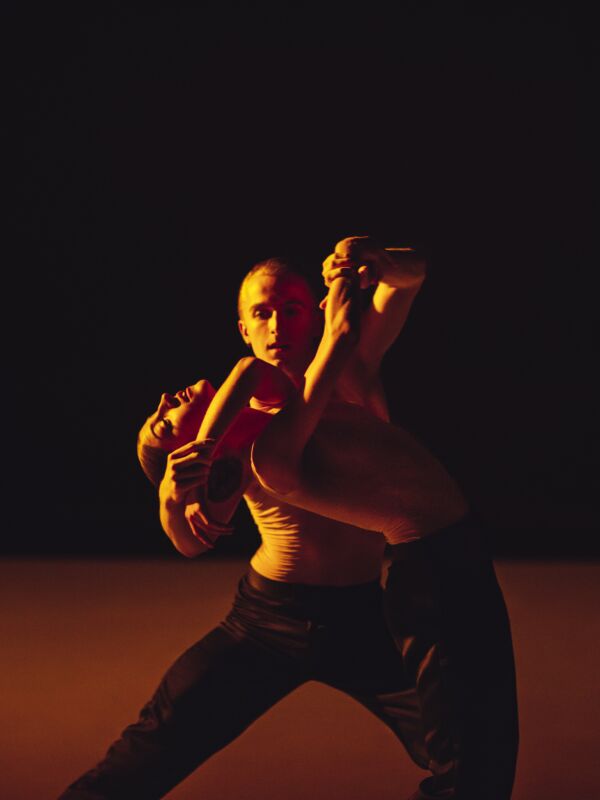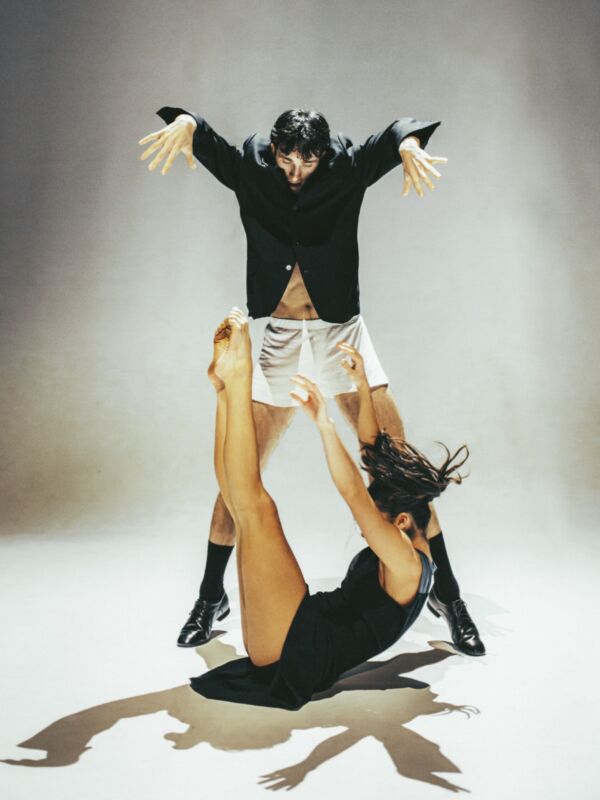After the premiere on Thursday September 17 you left straight for Vancouver where you’ll be starting as the new Artistic Director for Ballet BC. This will be the first time you’re at the head of a dance company and expanding your practice into directing that requires new approaches to the work. How are you preparing for this new role? Can you share a bit about your plans for Ballet BC?
Correct, I have never been at the head of a dance company before. NDT has been my home for over 15 years and I hope I’ll never lose my connection to the company. It has been a bit of a crash course since the beginning of the pandemic. Even though I have enrolled in a leadership course last year with the help of the Omschooling, I was certainly not prepared for what we are facing now. But like practically everybody at the moment, I am learning as I go.
In regards to plans for Ballet BC, there are different scenarios. There is still so much unknown, which I view as an opportunity. This time has allowed me to start investigating projects and collaborations with other art organisations that operate differently in the way they structure their audiences. In that sense, the pandemic has emerged a new way of thinking and raises questions about movement and space: Is it possible to move away from the conventional performance space? How can we structure our programming until large live audiences are allowed again?
I see this as a great moment to dream and imagine where the company and the dance world at large could possibly go, and it’s important we start to lay that foundation now.
[text continues after image]
